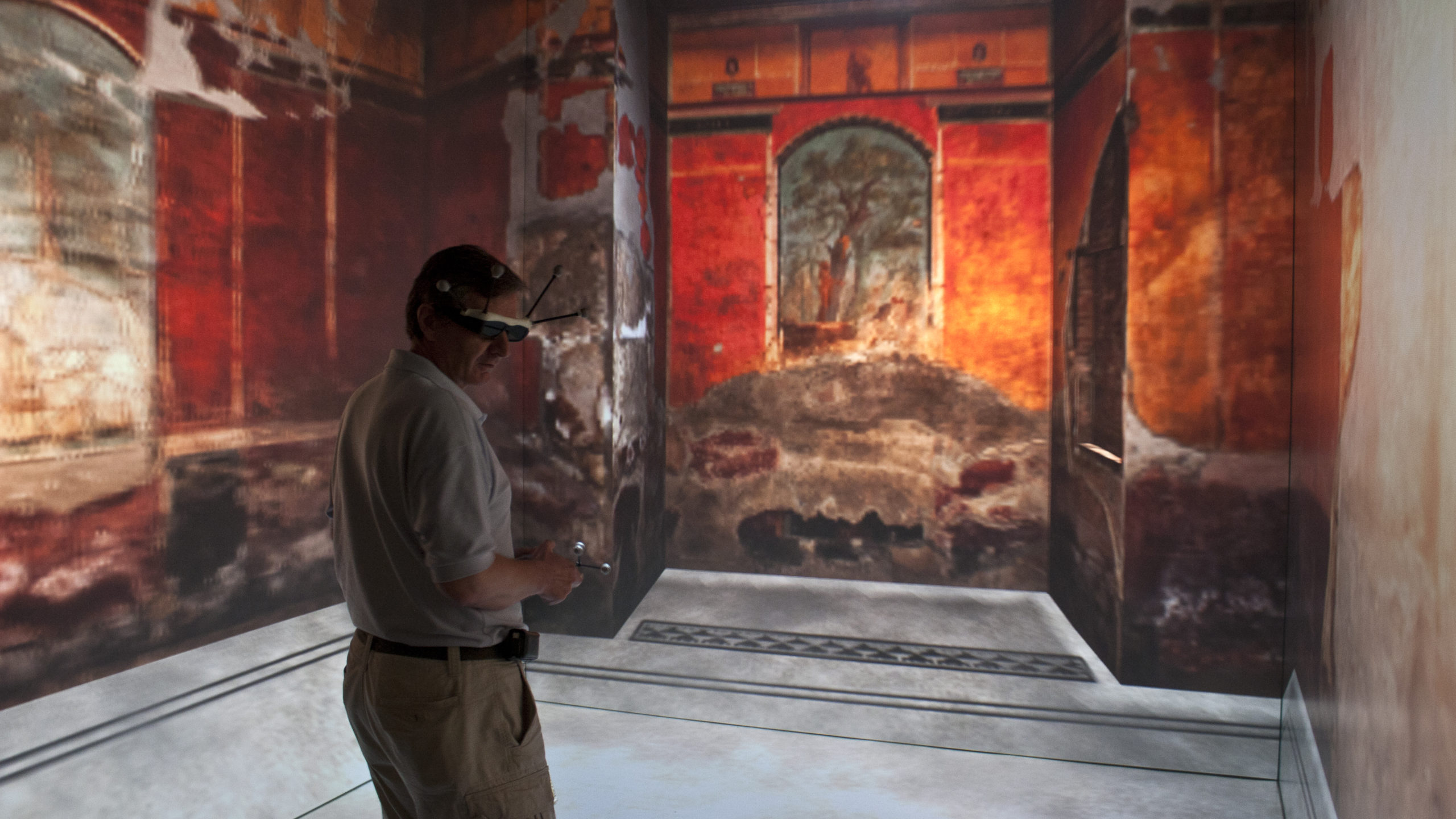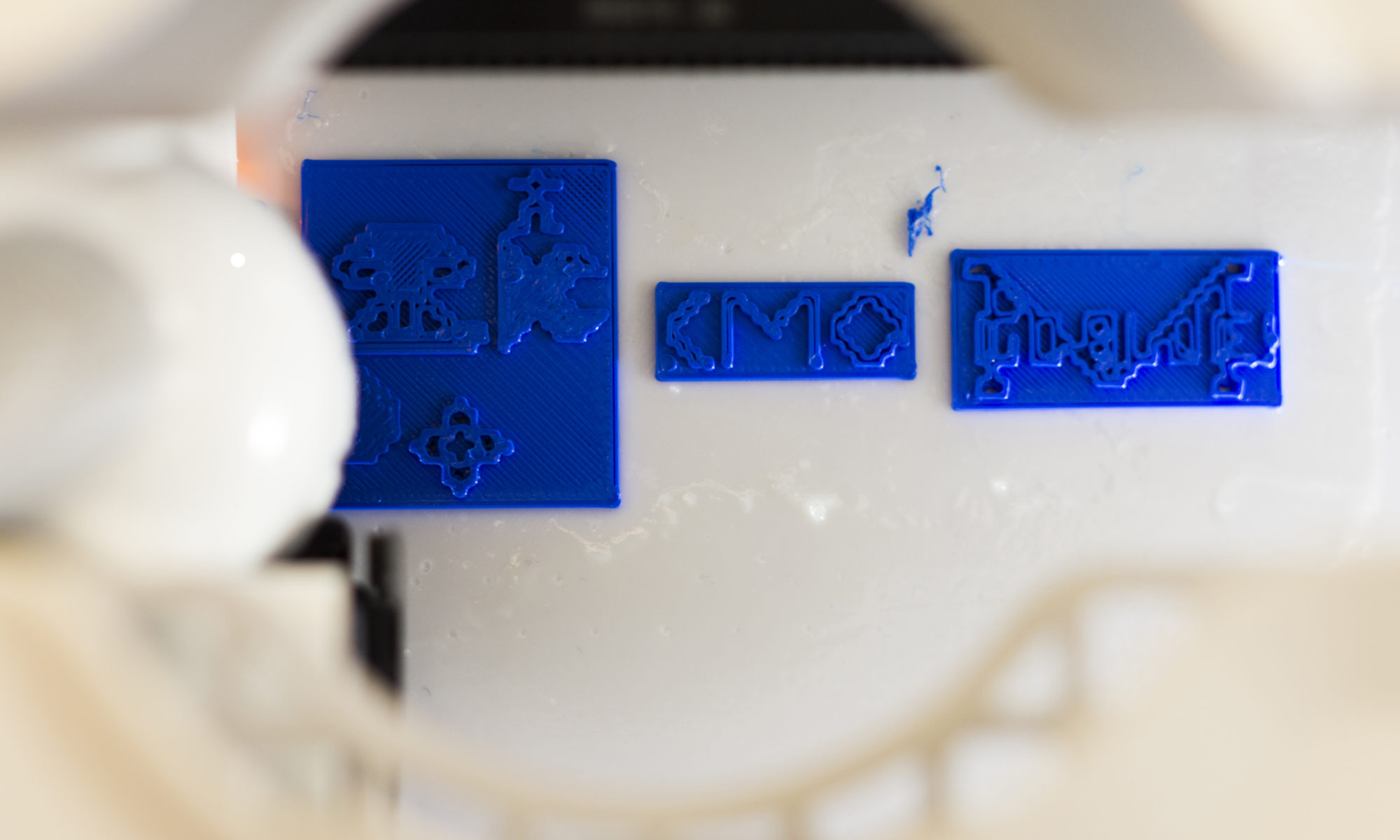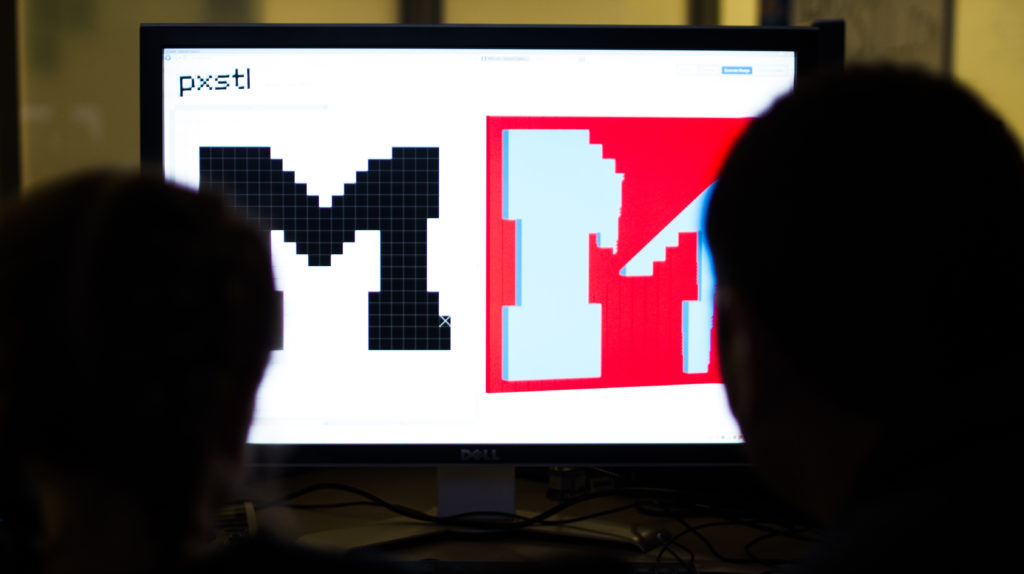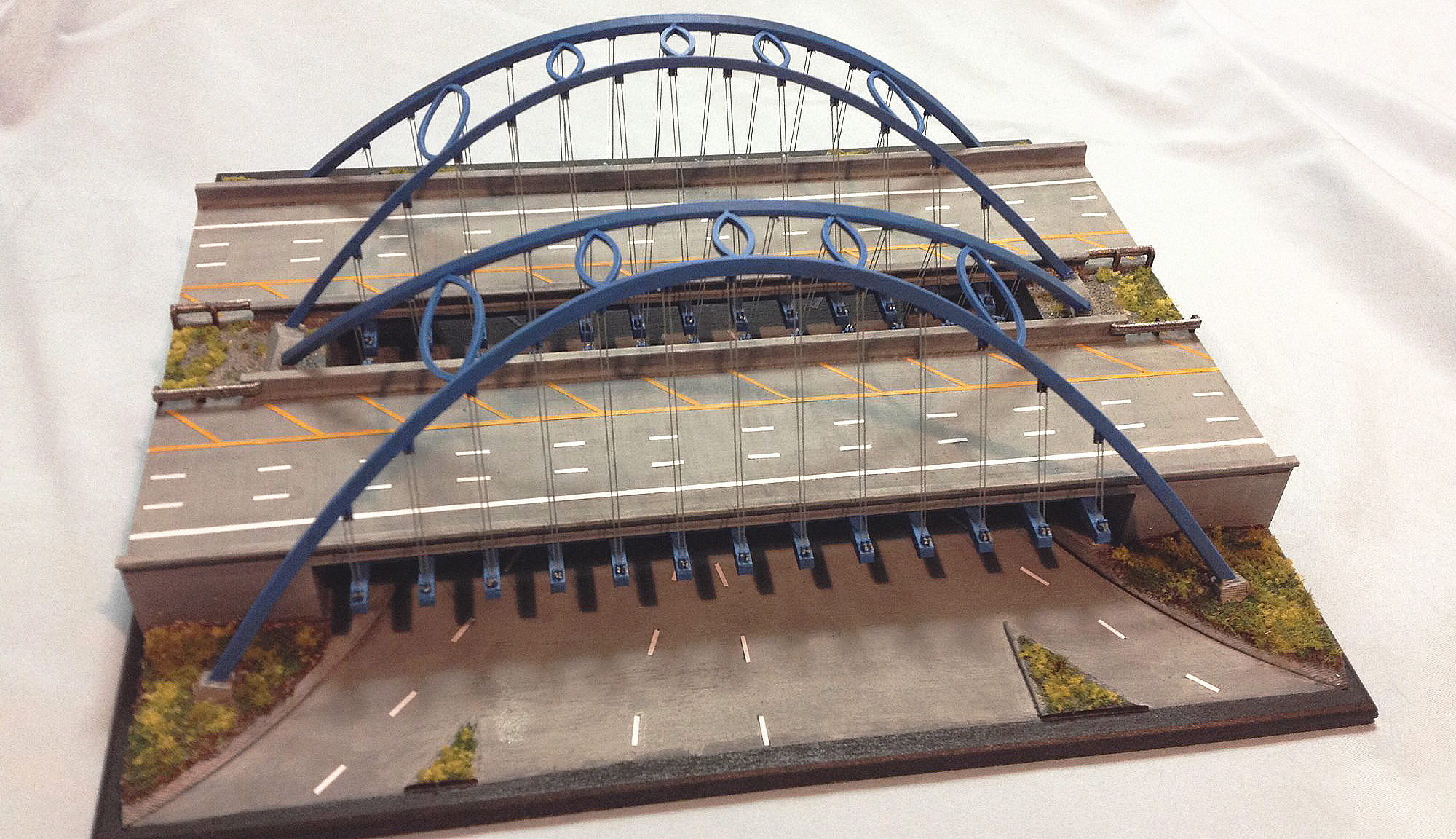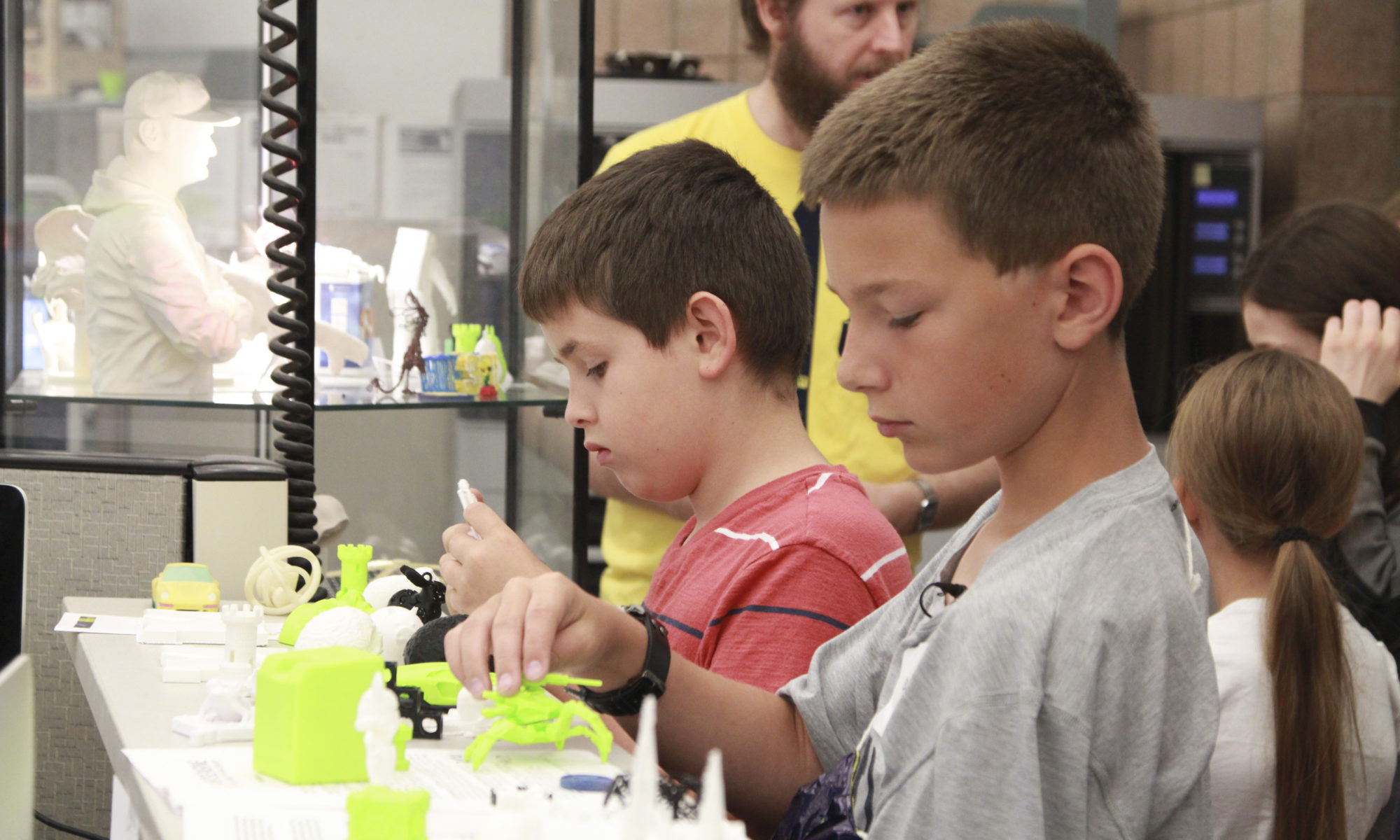Leisure & Luxury in the Age of Nero: VR Exhibit for the Kelsey Museum
As part of the Kelsey museum’s most grandiose exhibition to date, Leisure & Luxury in the Age of Nero: The Villas of Oplontis Near Pompeii features over 230 artifacts from the ancient world. These artifacts originate from the ancient villa of Oplontis, an area near Pompeii that was destroyed when Mt. Vesuvius erupted.

The traveling exhibit explores the lavish lifestyle and economic interests of ancient Rome’s wealthiest. This location is currently being excavated and is currently off limits to the general public, but as part of the Kelsey’s exhibit, visitors will get to experience the location with the assistance of virtual reality headsets like the Oculus Rift and tablet devices.
The Duderstadt Center worked closely with curator Elaine Gazda as well as the Oplontis Project team from the University of Texas to optimize a virtual re-creation for the Oculus Rift & MIDEN and to generate panoramic viewers for tablet devices. The virtual environment uses high resolution photos and scan data captured on location, mapped to the surface of 3D models to give a very real sense of being at the real-world location.

Visitors to the Kelsey can traverse this recreation using the Rift, or they can travel to the Duderstadt to experience it in the MIDEN – and not only can viewers experience the villa as they appear in modern day-they can also toggle on an artist’s re-creation of what the villas would have looked like before their destruction. In the re-created version of the scene, the ornate murals covering the walls of the villa are restored and foliage and ornate statues populate the scene. Alongside the virtual reality experience, the Kelsey Museum will also house a physically reconstructed replica of one of the rooms found in the villa as part of the exhibit.
Leisure & Luxury in the Age of Nero: The Villas of Oplontis Near Pompeii is a traveling exhibit that will also be on display at the Museum of the Rockies at the Montana State University, Bozeman, and the Smith College Museum of Art in Northampton, Massachusetts.

